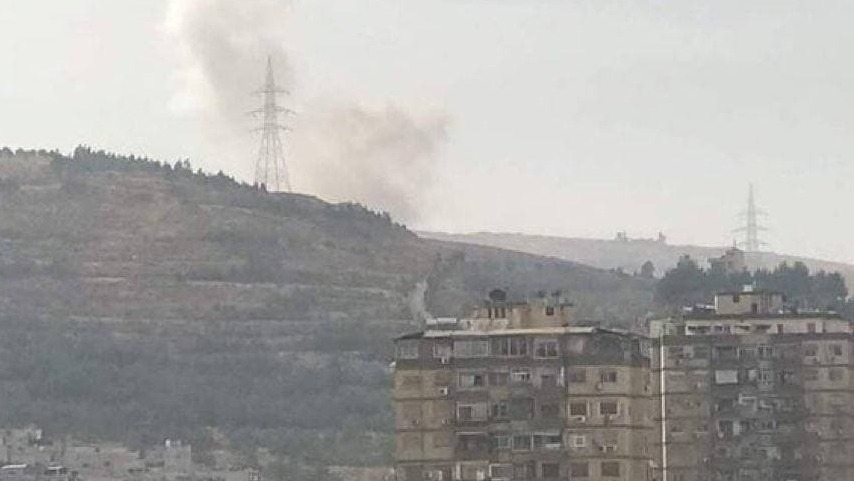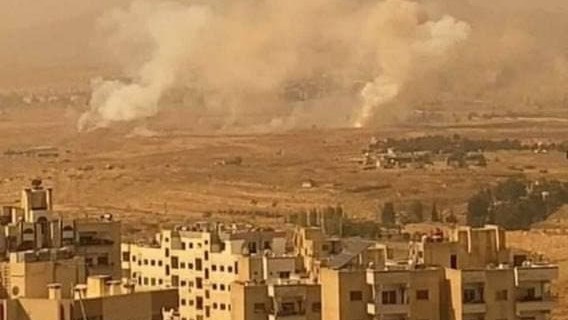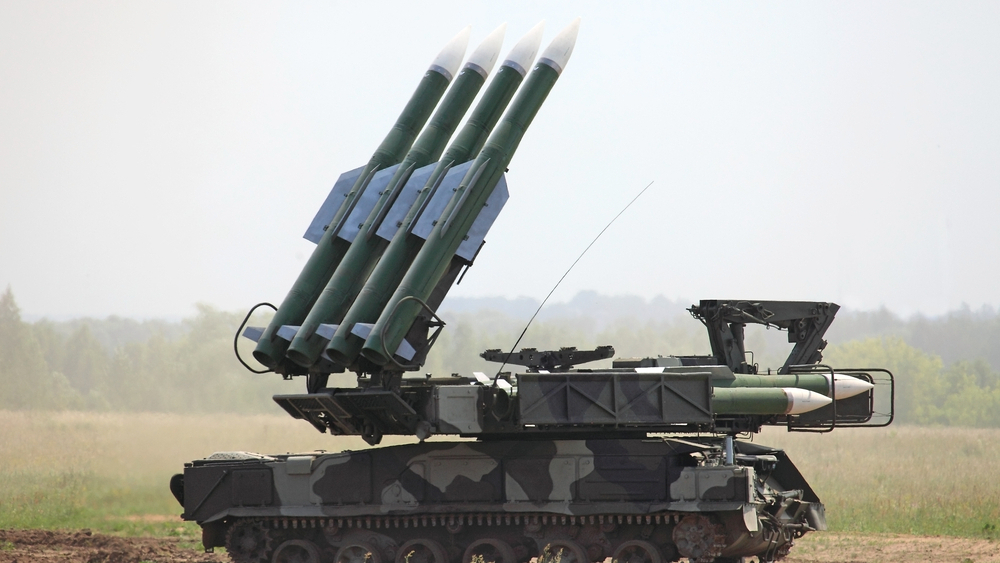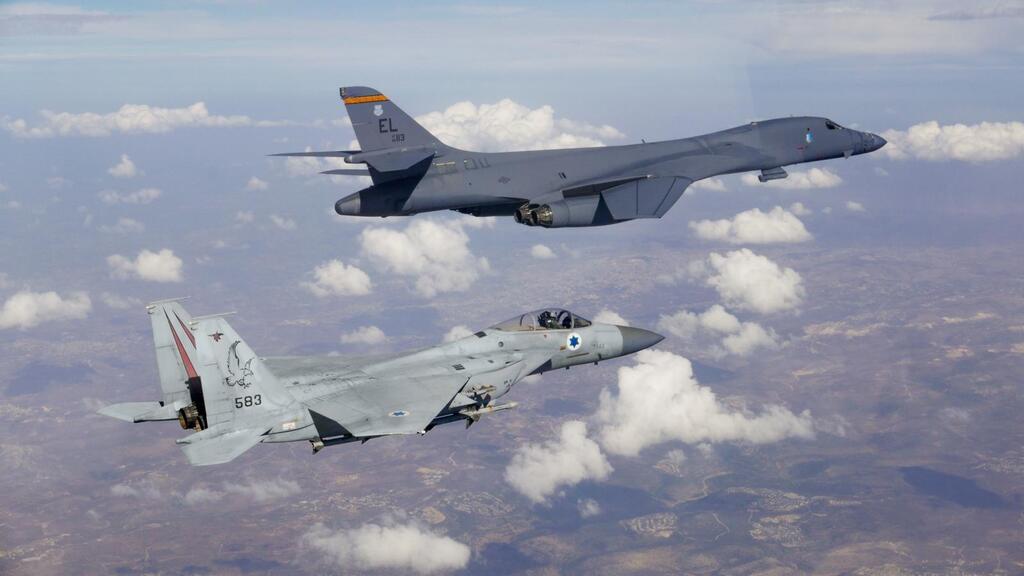Getting your Trinity Audio player ready...
The strike attributed to Israel on Saturday, against targets in Syria, occurred during daylight hours near the town of Al-Dimass, 20 kilometers west of the Syrian capital and the same distance from the Lebanese border, on the Damascus – Beirut highway.
According to the UK based Observatory for Human Rights, the Syrian military and the Lebanese based Hezbollah terror group have depots there, housing advanced weapons meant for the Iran backed terror group.
This mountainous road is the rout by which most Iranian weapons brought into Syria, are transported by trucks, across the border, in order to built up Hezbollah's military capabilities.
Syrian media reported the attack was carried out using surface to surface missiles fired from the Israeli Golan Heights. This is probably accurate information because both the Syrian military and the Russian forces in Syria, have missile defenses in the region and in fact according to the reports, some incoming missiles were intercepted.
The reports also claimed two Syrian soldiers were wounded. Reports coming out of Syria rarely report fatalities of their own forces or those of Iran backed militias including the Hezbollah group.
Israel allegedly strikes in Syrian territory to prevent a response by Hezbollah's missiles after its leader warned that an attack on Lebanon would not go unanswered.
4 View gallery


Smoke billows from the mountain rout connecting Beirut to Damascus during a strike attributed to Israel on Saturday
The use of the relatively shortrange surface to surface missiles could be an attempt to avoid the Syrian air defenses positioned around Damascus, so as not to embarrass the Russians who provided them to the Damascus regime. Russian defense industries rely on an income from the international sales of the systems.
This matter was likely raised in the talks held by Israeli and Russian officials, including Prime Minister Naftali Bennett's meeting with Russian President Vladimir Putin in Sochi last week.
Saturday's missile strike, which was carried out during the day – a rare occurrence – could be indication of an urgency to prevent the arms shipment from crossing the Syria-Lebanon border and may also have been the result of up to the minute intelligence.
Another possible explanation for the alleged Israeli attack using short range surface to surface missiles could be the reported deployment of a improved Iranian made air defense battery in Syria.
Hours after the strike on Saturday, the IDF spokesperson's Unit issued a statement reporting that a U.S. B-1 bomber, escorted by IAF F-15 fighter jets, crossed Israeli airspace on its way to the Persian Gulf. The Bomber's presence in the region lasted close to an hour. That was possibly another explanation for alleged IDF choice of weapons.




